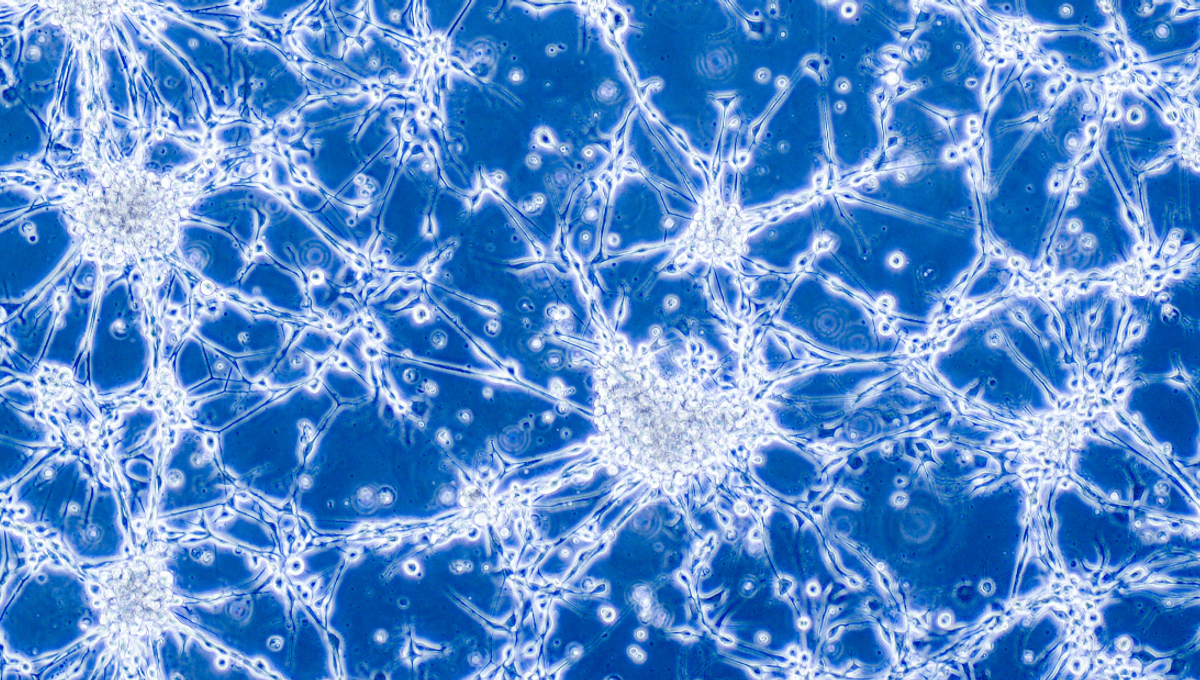
A new treatment approach for an aggressive form of brain cancer called glioblastoma has proven to be 100 percent effective in mice, and could contribute towards better therapies for one of the deadliest and most common forms of brain tumor in humans. The approach centers around a novel gel that can reach areas of the brain that surgery might miss to kill off any lingering cancer cells after surgery.
Glioblastoma, also referred to as a grade IV astrocytoma, is an aggressive form of brain cancer that develops as a tumor. It can grow in the brain or spinal cord and is typically treated with surgery to remove as much of the tumor as possible, followed by chemotherapy and/or radiation to try and keep the cancer at bay. However, recurrence is inevitable in most cases.
Now, a research team hopes to tackle that with a novel gel that can effectively slot into the nooks and crannies left behind by a glioblastoma tumor and blanket the cavity evenly. The gel is made from nano-sized filaments made with an FDA-approved drug (Paclitaxel) that’s currently used to treat breast and lung cancers, among others.
By coating the tumor cavity, the Paclitaxel filaments can deliver an evenly distributed course of medication, namely the antibody aCD47 that targets macrophages. These cells are normally a force for good in our immune system, but sometimes they can get confused and end up protecting the cancer cells therapies are trying to kill.
Previous therapies including Gliadel have tried to prevent glioblastoma tumor recurrence by also coating the cavity left behind after surgery, but none have seen such promising results as this latest gel solution.
“We don’t usually see 100 percent survival in mouse models of this disease,” said Betty Tyler, a co-author and associate professor of neurosurgery at the Johns Hopkins School of Medicine who was involved in the development of Gliadel, in a statement. “Thinking that there is potential for this new hydrogel combination to change that survival curve for glioblastoma patients is very exciting.”
The gel therapy was only found to be 100 percent effective when combined with surgery, however. Simply injecting the gel directly into the brain without first removing the initial tumor only saw a survival rate of 50 percent in the mice study.
The gel also comes with the added benefit of seemingly boosting the immune response to glioblastoma, as surviving mice that were challenged with further glioblastoma tumors were able to eradicate them without medication. It’s possible that the gel prevents tumor cells from being able to hide from the body’s immune system as is often seen in this kind of brain cancer.
The team now hopes to take their findings to clinical trials and work towards establishing if the same approach can be effective in humans.
The study is published in PNAS.
Source Link: New Gel Therapy 100 Percent Effective Curing Aggressive Brain Cancer In Mice